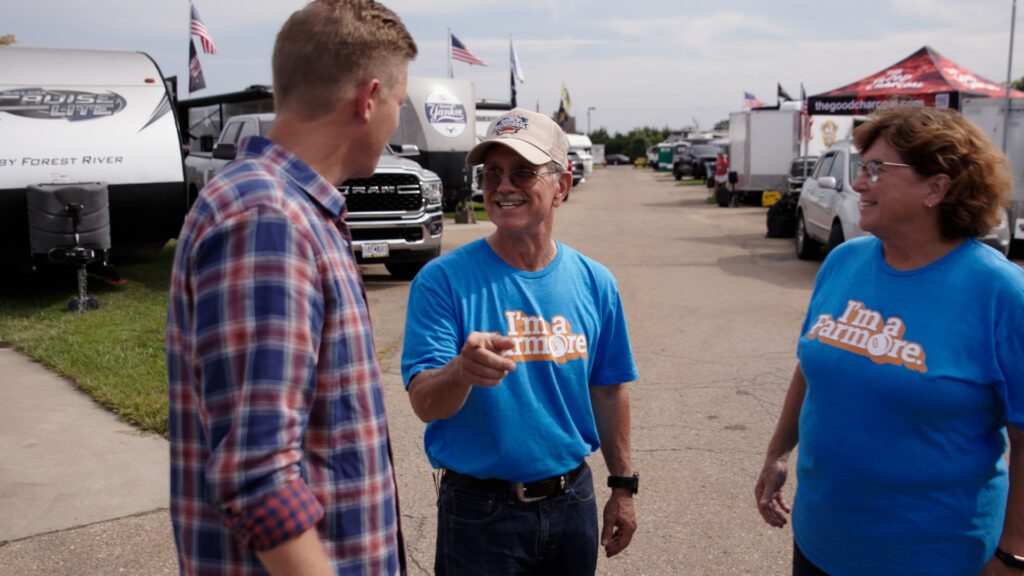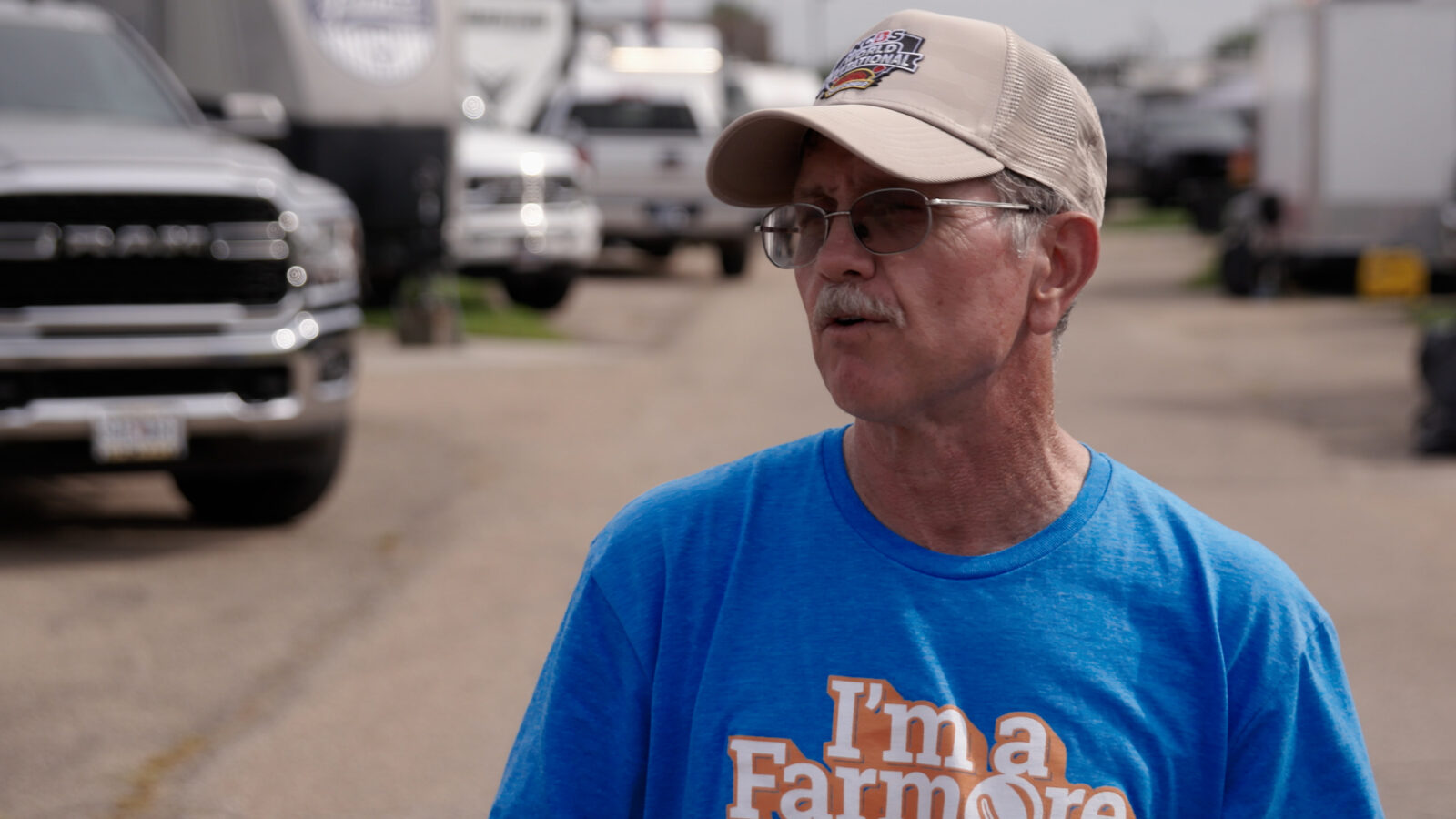The Ground Work series shares the perspectives of U.S. soybean farmers as they observe how the U.S. Soy industry lays the groundwork to grow innovative, reliable and sustainable solutions for people and communities around the world.
I most enjoy watching television when I don’t know the ending. That includes lots of live sports. (As a life-long Kansas City Chiefs fan, I usually like how those football games end these days!) I also enjoy some documentaries on topics like true crime, where I get to figure it out as I watch.
I didn’t expect GroundBreaking: A Story of Innovation, a documentary that tells the story of U.S. Soy, to fall into that category. But the end of the documentary contains a twist that even I, as a soybean farmer, didn’t see coming.
I farm with my mother, Beverly, and my nephew, Zack. Together, we raise soybeans, corn and winter wheat. More than 130 years ago, my family began farming in what is now Oklahoma. Our land is near Miami, Oklahoma, in the very northeast corner of the state.
We farm just over 160 miles or 260 kilometers south of Kansas City, Missouri, and about 215 miles or 346 kilometers south-southeast of Mayetta, Kansas. That’s where I crossed paths with the team creating the GroundBreaking documentary.
The documentary team explored the unexpected connection between soybeans and meat at the Kansas City Barbeque Society World Invitational hosted in Mayetta.
Why highlight U.S. Soy at a barbeque competition? Can you figure it out?
I served as a certified judge for this barbeque contest, where I represented U.S. Soy alongside Sara Stelter, a fellow farmer and United Soybean Board director from Wautoma, Wisconsin. As part of the judging panel at that event, we gave out the U.S. Soy Combine Awards. These awards went to the competitors who placed in the top three with their combined scores for chicken, pork and pork ribs. That’s because chicken and pigs rely on U.S. Soy for protein and nutrients as they grow.
Meat quality is really important for world-class barbeque chefs. As a U.S. soybean farmer, I help create quality chicken and pork by raising quality, consistent soybeans. Those soybeans are crushed to separate the protein, which becomes soybean meal, from the soybean oil. That soybean meal provides the amino acids chickens and pigs need for health and growth.
The explanation my fellow farmer judge and I share with host Jeff Houghton in the documentary is similar to how we explain the connection between soybeans and meat during the cooks’ meeting the evening before every KCBS competition where U.S. Soy offers awards. We tell the same story to others on the judging panel during our introductions. And we repeat that message during the awards ceremonies when we hand out our trophies — which feature a combine, the machine we use to harvest our soybeans.
Everyone at a competition like this appreciates the quality of the meat they prepare, judge and enjoy. But soy isn’t just feed for animals.
The second component of soybeans is oil. Products labeled vegetable oil on the grocery store shelf are usually soybean oil. And it’s a common ingredient in barbeque.
The oil used in barbecue sauces and seasoning is important, because it can either be dominant or let other flavors come through in your mouth. Soybean oil is very neutral, meaning that it brings the other flavors used to the front, like those layered by the pitmaster Jeff talked with at the competition.
Other highlights in the GroundBreaking documentary that may be unexpected include the use of soy in products like tires. All types of manufacturing have strong demand for renewable resources that can replace non-renewable ingredients.
As farmers, we often ask if U.S. Soy can fill the need to replace petroleum in products. We encourage U.S. Soy to work with various industries and companies to figure out where a soy-based product can help. Soy can be found in products like the wood stain highlighted in the documentary, as well as flooring, plywood and much more.
Soy has been part of sustainable solutions for decades.
The goal of U.S. Soy is to impact every life, every day. Like any interesting, problem-solving documentary, GroundBreaking: A Story of Innovation allows viewers to figure out how soy impacts them.
But the twist that I didn’t see coming is at the very end.
It’s wild that soy could play a vital role in any eventual manned Mars mission. U.S. Soy could supply protein and nutrients on another planet.
If you haven’t already, check out GroundBreaking, and see if you can follow the twists and connections from the first time soybeans were planted in the U.S. all the way to Mars.

